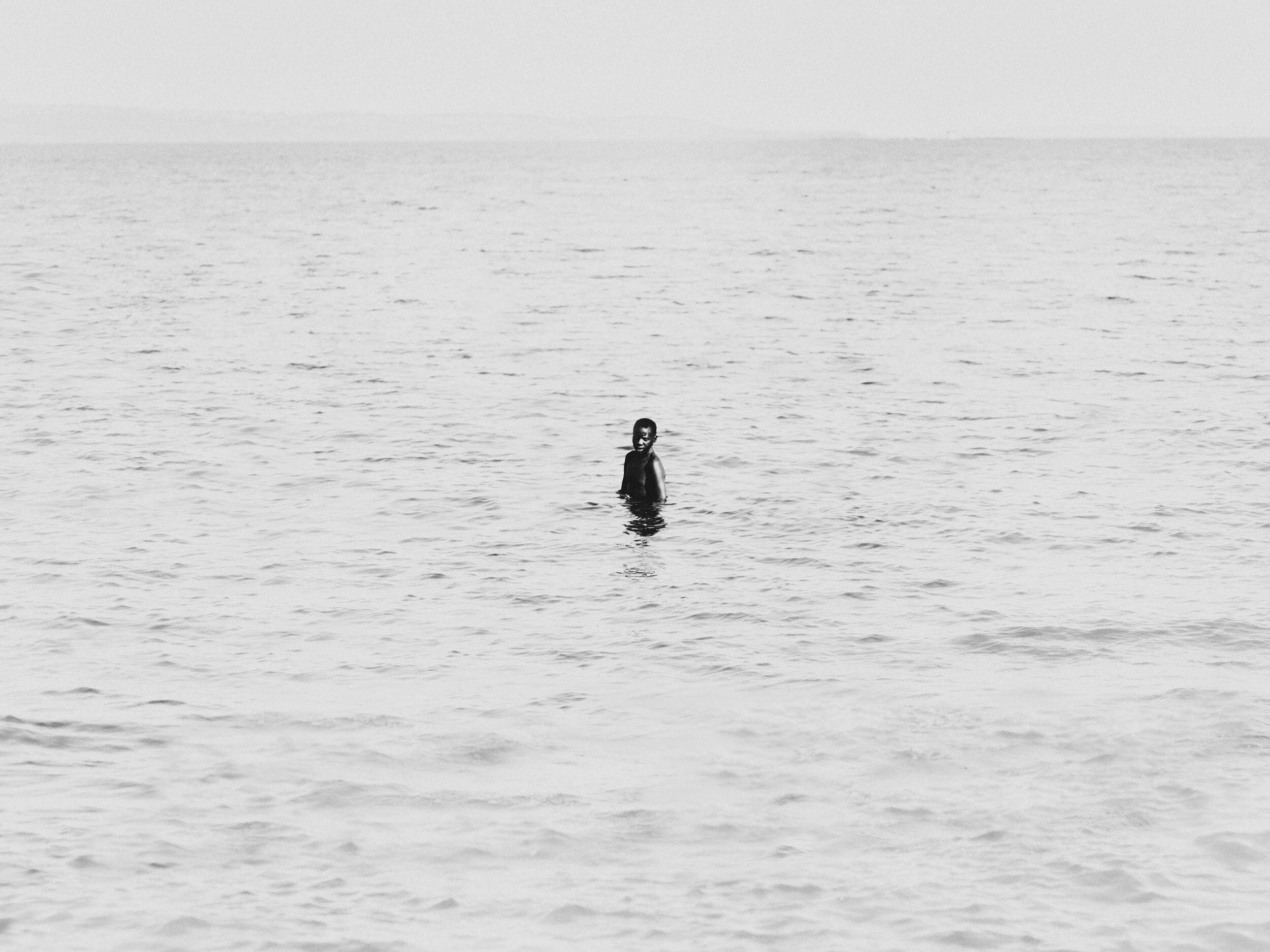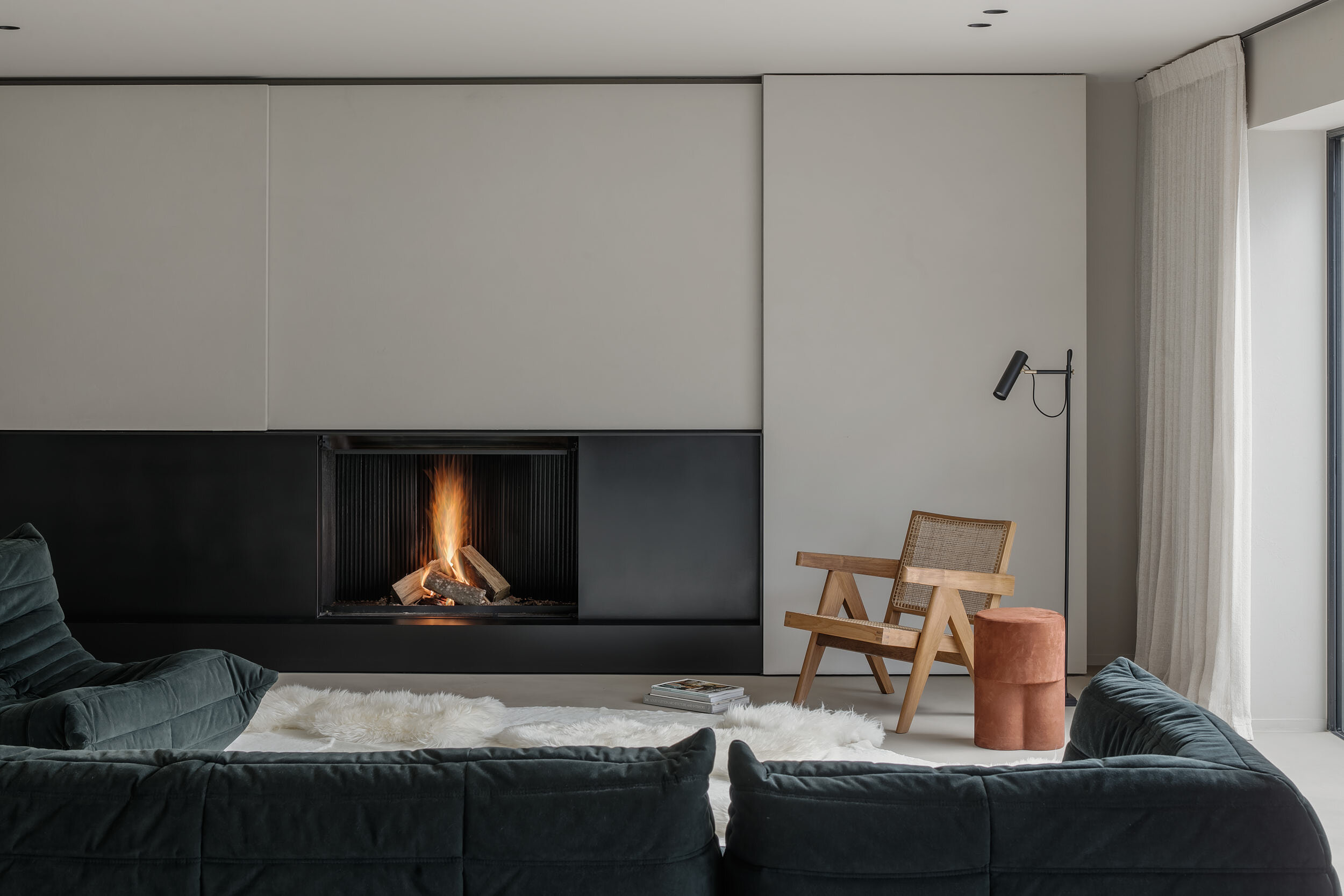Q+A with Photographer Bastiaan Woudt — Where Creativity Arises
Bastiaan Woudt is a self-taught photographer from the Netherlands who started his own practice five years ago. With no experience or any formal training, he has developed a strong personal signature that manifests itself throughout a broad range of subjects. His style can refer to significant periods, such as Surrealism and the documentary photography of the 60s and 70s, while maintaining a contemporary edge that makes his work truly unique. We recently had the opportunity to exchange with Bastiaan Woudt on the origin of his artistic expression, his approach to new concepts and ideas, as well as how intuition plays an essential role in his photography.
Elda Oreto (EO), Bastiaan Woudt (BW)
EO: You started your career as a photographer in 2009, buying a camera to take pictures of your firstborn son. Then, in 2011, you rented a studio from a photographer and began your journey as a self-taught artist. It seems to me that intuition played a crucial role in your life. I believe that personal experiences and artistic research are united and that one contributes to the other. How do you combine intuition and preparation in your photographic practice?
BW: Intuition is the best part of my process. I am relying on my ability to create while enjoying the quest. Preparation is only a small part and mainly has to do with the practical matters. Making sure everything is ready for a shoot and that the atmosphere is perfect. Preparing for what is to be created is something I seldom do. I think that everything should arise during the shoot. Only then, you create work that surprises you.
EO: The Mukono Project bears the name of a city in Uganda, where the Marie-Stella-Maris Foundation has contributed to establishing a clean drinkable water system. For this project, you have made portraits of people whose life revolves around this well. How can a photograph tell a story about a subject without exploiting it?
BW: During a project in countries like Uganda, I never focus on the bad, painful, or piteous sides of a community. I'm not a documentary photographer who wants to show what kind of miserable situations people live in. I'm not looking for a sad child who tells a story of hunger, thirst, or poverty. In a project like this, I try to seek out the beauty of mankind. To find the small, tangible moments and to photograph people with self-confidence and pride. Even in countries like Uganda, and areas like Mukono, where people have to walk miles for ( contaminated) drinking water, there is something beautiful to find. An innocent child who, despite everything, dresses beautifully with a dress and pearl necklace. The beauty of a hand that washes itself. A group of children who are playing in the lake. The photographs are almost like a talisman, a bringer of happiness and hope.
EO: Does analog photography influence your creative process differently than digital photography?
BW: Although my work always has an analog feel, I still shoot digitally. I have fallen in love with the aesthetics of old photography, but the working method, cost, speed, and ease of digital photography make it possible for me to create so much work. I could never trade digital photography for analog, but I do shoot with analog cameras—more for fun. I would do a series of polaroids at the end of a shoot or use my old Hasselblad at home on a Sunday morning. The process remains magical, but I'm glad I don't have to do that every day.
EO: I believe that a decisive meeting for you was the one you had with Roy Kahmann of the Kahmann Gallery in Amsterdam. Can you tell me how this relationship helped you grow artistically?
BW: I met Roy a couple of years ago while I was assisting another photographer, from whom I eventually bought my studio. We got to talk, I was able to show some work, and one thing led to another. At that moment he told me that he saw something in me, but that it hadn't revealed enough yet. He proposed to guide me, coach me. This meant that I just had to do what I was doing, but that I could come to him with the result, discuss what I had done. We looked at the images together, he made selections and explained why he had chosen them. A lot out of intuition, but often with good reason. Slowly but surely, a signature began to emerge, that "unique signature" that every beginning photographer is looking for. Eventually, after two years, I was asked to join the Kahmann Gallery.
EO: The work of photographers Irving Penn, Richard Avedon, Man Ray, and Bill Brandt has influenced your artistic development in various ways, leading you to a combination of still life, portrait, and landscape photography. Do you believe that a clear separation should be made between genres in photography? Or, on the contrary, are the borders made to be crossed?
BW: No. The borders are made to be crossed for sure. I don't like being boxed. I shoot a lot of people, so am I a portrait photographer? What if I make a landscape series? Am I a landscape photographer? I think I am a photographer, an artist. Someone who, regardless of the subject, makes my best, unique visual representation of what I see at that moment. A face, a tree, a body, or a bucket. It has to affect me. And to categorize it, to cast it in a genre, I think it's a shame. Isn't it true that a landscape can also be a portrait? And a naked body can be a landscape?
EO: In 2016, you were awarded the Van Vlissingen Art Foundation award, which led you to develop the Karawan project. Between the portraits and landscapes you have captured, I feel like there is always something ancient and visionary. Could you tell us more about the story behind this project and how it came to life?
BW: Karawan was shot as a result of winning the Van Vlissingen Art Foundation Grant 2017. I was able to travel Morocco for two weeks, together with filmmaker Jelmar van Belle, to make new work. My choice of Morocco was based on the diversity of the land, culture, and people who live there. For two weeks, I tried to capture everything that came my way. As a child, I was fascinated with the thousand and one night stories and tried to find that atmosphere. What a beautiful country, Morocco is. I hope to be able to work there more in the future.
EO: In a previous interview, I read that what you miss the most in digital photography is imperfect. This notion played a crucial role in Surrealists and photographers such as Avedon and Penn. This made me think about the French philosopher Jean Luc Nancy, who, in his book Corpus, describes the body as "beyond language." In some of the portraits you created, it seems like you try to repeat this dynamic through the digital medium. How did you achieve this result?
BW: Imperfection makes your mind think, wander, and explore. A perfect image can be boring. Personally, I find it exciting when a picture is out of focus. When a movement is really a movement, instead of a perfectly frozen moment. Don't get me wrong, the latter can also be beautiful, and that's what I sometimes use in my image. But deep inside, imperfection touches me most. You leave something to the imagination, the viewer has to look again, and think about why that choice was made. Technically it's the same as 50, 80, 100 years ago. Now we just have the power of photoshop. That doesn't mean I'm adding imperfection later. I shoot it on camera, but I can amplify it on the computer.
EO: On different occasions, you said that in a certain sense, it makes no difference for you whether the subject of the photograph is a naked woman or a still life or a landscape; a landscape can be as disturbing as a nude in abstraction. Then, why does a more significant part of your research or work focuses on nudity?
BW: I think it's a combination of my love for the naked human body and the phase in my career where I work a lot in the studio and want to work with people. The human body, and especially the female body, can be so beautiful and pure. In an era where sex is often what comes to mind when seeing a naked body, many people forget that our body in itself is art: the lines, the texture, the vulnerability. Maybe I have more focus on that now, and that I will eventually go a different way for a while. But I will photograph nudes for the rest of my life.
EO: You seem to give much importance to meeting a specific subject in person, before initiating a new project. Could you please tell us more about this process and about the notion of spontaneity within your work?
BW: Spontaneity is the cornerstone of my work. I like to go into a shoot without a plan. Seeing what happens, letting the interaction between photographer and subject run free. I think that with spontaneity, the best ideas arise. An encounter which aims to take pictures should not be stuck to preconceived plans. It all has to emerge within the moment.
EO: A curved shape, the line of a hat, the gaze of a profile lost in thoughts, the mystical curve of a hill; I feel like many elements of your work tend to return to the essential. Your images often move towards me as a dreamlike world and then transform into another nature, another shape. In addition to photography, who or what influences your artistic approach?
BW: I get my inspiration from all kinds of art forms: sculptures, painters, the old masters of painting, charcoal drawings, music, films, magazines. It can't be said that one person or direction inspires me the most. Sometimes it's the little things in life: a lady with a big hat waiting in the street, a reflection in the mirror at the hairdresser. These are moments that I record, enjoy, and then unconsciously take with me during the creation of new images. I never see anything and think I have to make that too. They are characteristics, pieces of different moments.
EO: The two last questions are a ritual. Any future or dream projects?
BW: I'm always busy. At the end of 2019, I made a long trip through Nepal, during which I went off the grid for a month with a team of Porters, guides, and a cook. During this trip, we walked up to almost 6000 meters. A beautiful project is the result of that trip; an exhibition will open later this year, and a book will be published. As soon as all that is done, I will be ready to think about the next project. In the current situation, where flying and traveling is not easy, it might be a little closer to home. Unless a cure is found for that time. Let's hope so.
EO: Any book recommendations?
BW: My love for photography originated in books, so I am a real photobook collector. A title that always stays with me and which I always enjoy reading is Révélations by Javier Viver. Also, I'm a big fan of interior architecture and design. I really enjoy Vincent van Duysen - Works 2009-2018. But of course, I could not recommend my latest book, "Hidden" enough. Available directly through my webshop! ;)
All images © Bastiaan Woudt



























